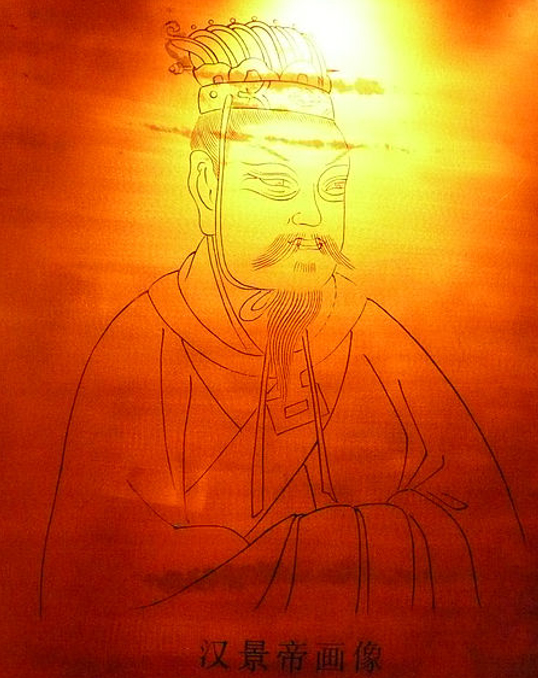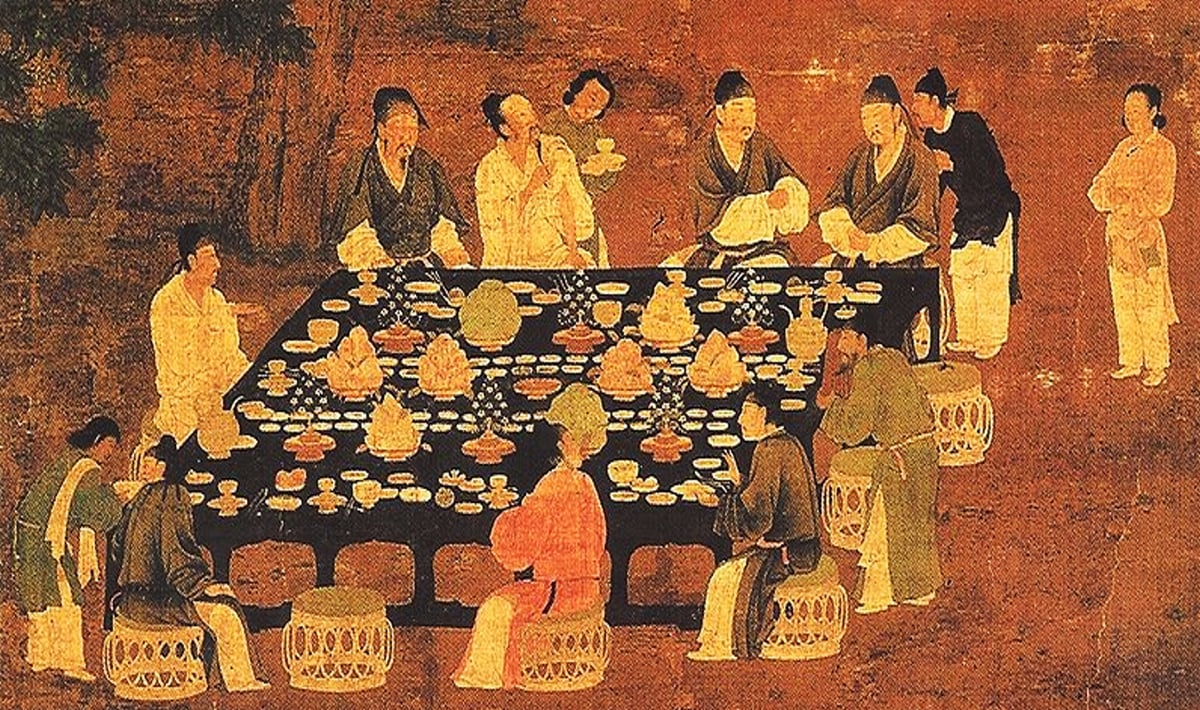Leaf Buds Discovered in Tomb of Early Chinese Emperor May Be the Oldest Example of Fine Tea
Archaeologists have identified the oldest known tea in the tomb of Jing Di, a Han Dynasty Chinese emperor who went into the afterlife well-provisioned with food, weapons, a ceramic-animal army and life-sized chariots complete with horses.
The tomb of emperor Jing Di, who died in 141 BC, was initially excavated in the 1990s, but researchers with the Chinese Academy of Sciences are just now analyzing the organic materials buried with him using mass spectrometry, says an article in The Independent.

Painted ceramic statues of Chinese cavalrymen and infantrymen from the tomb of emperor Jing Di who ruled in the second century BC (Photo by drs2biz/CC BY SA 2.0)
The researchers identified the tea by examining crystals trapped between tiny hairs on the surface of the leaves. No tea this old has ever been found before, though The Independent says a text from about 40 BC mentions tea trade with Tibet and tea containers from even earlier have been discovered in Han Dynasty tombs.
As one might expect for an emperor, the tea was of the highest quality and consisted of buds or the small, unopened leaves of the plant. The researchers found the emperor was also buried with rice, millet and chenopod (part of the spinach family). The tomb is near Jing Di’s capital of Chang’an or modern Xian. It is open for visits by the public.

Small warrior figures were among the many grave goods of 2nd century BC Emperor Jing Di. (The Independent)
Jing Di is an important man in Chinese history. He was a liberal ruler. He reduced the power of the nobility and reduced taxes a great deal to give his people a better standard of living. He also decreed that criminals would have better treatment and reduced their sentences.
Though his reign was beset by treachery and intrigue, he ruled during a peaceful period in China.
An article on ChinaKnowledge.de about Jing Di’s rule states:
“Taxes were held at a very low level, canals, dams and dykes were constructed, and corvée (slave) labour was required sparingly. The reigns of Emperor Jing and his father (Wen-Jing zhi zhi) are remembered by historians as a peaceful era when China recovered from the sufferings of the late Warring States period (5th cent.-221), the Qin period (221-206) and the ensuing decade of war. The peaceful decades of the Emperors Wen and Jing were only disturbed by the rebellion of the Seven Princes in 154, an uprising of some members of the imperial house against attempts of the court to curtail their economical base and political influence.”

Portrait of Jing Di in the Han Yang Ling museum, Xianyang, China. (Public Domain)
The emperor successfully quelled the rebellion, and his son went on to succeed him.
The use of tea may have begun in China. A legend reported on Tea.co.uk says in 2737 BC, a servant of Chinese emperor Shen Nung was preparing some boiled drinking water when leaves from a Camellia sinensis tree blew into the pot. Shen Nung was a renowned herbalist. He decided to drink the concoction he accidentally created. That was reportedly the first cup of tea.
“It is impossible to know whether there is any truth in this story. But tea drinking certainly became established in China many centuries before it had even been heard of in the West,” the article states. Tea containers were previously found in Han Dynasty tombs dating from 206 BC to 220 AD, however Emperor Jing Di’s tea predates that by 65 years. During the Tang Dynasty of 618 to 906 AD tea became China’s national drink.
In the eighth century AD a writer named Lu Yu wrote about tea ina work entitled the Ch’a Ching or Tea Classic. Not long after that, tea was introduced to Japan by Buddhist monks who had visited China. The Japanese tea ceremony is derived from rituals described in the Ch’a Ching.

The Japanese tea ceremony is thought to have roots in rituals described in an eighth century AD book about tea titled Ch’a Ching by a Chinese author. (Photo by Renfield Kuroda/CC BY SA 2.0)
Featured image: An Elegant Party (detail), painting of a small Chinese banquet hosted by the emperor for scholar-officials from the Song Dynasty (960-1279). Although painted in the Song period, it is most likely a reproduction of an earlier Tang Dynasty (618-907) work of art. The painting is attributed to Emperor Huizong of Song (r. 1100–1125 AD). Source: National Palace Museum/Public Domain
By: Mark Miller



















